A few tips for lichen removal
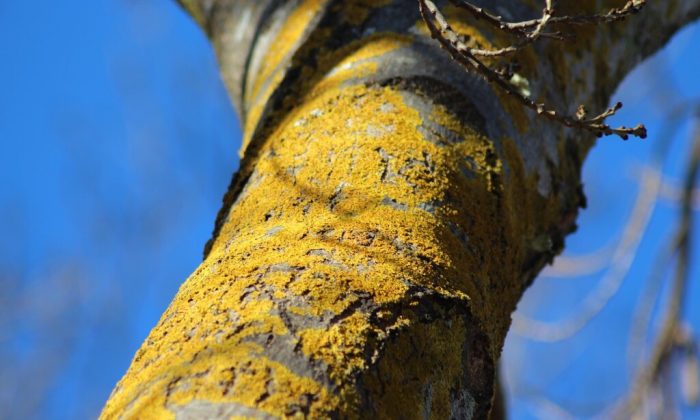
Growing fruit and ornamental trees has its own specifics, and one of the unpleasant downsides that anyone will eventually encounter is lichen. Do you know how much lichen is dangerous and to what extent it can harm your trees? If not, you have come to the right place. In the following lines, we shall tell you how lichen grows, where you may find it most often, how it harms trees and, of course, how to get rid of it. There are several methods that you can use.
What is Lichen?
Basically, it is a mixture of fungi and algae. They live in symbiosis and provide each other with nutrients that each species cannot create on its own. Fungal filaments need sugar, which is provided by the algae through the utilization of chlorophyll and mushrooms can get nutrients virtually from any type of soil, and protect the algae from drying out. We actually distinguish three types of lichens, namely:
- foliose
- crustose
- fruticose
Where Do They Grow Most Often?
Primarily in foothills. Lichens cover branches of both ornamental, free-growing and, of course, fruit trees. Most often lichens infect fruit trees if they are near coniferous trees. In recent years, lichens have been doing quite well thanks to cleaner air.
Do Lichens Harm Trees?
Well, no direct damage to fruit trees has been proven yet. However, one-year increments of fruit trees tend to be somewhat shorter due to lichens and also false growth usually occurs, the bark is rougher and scaly. As a result, it attracts all kinds of insects. A large number of lichens also results in the premature tree drying due to rapid aging.
Photo: Pixabay
Our Ancestors Fought Against Lichens Too
Our ancestors used to scrub trunks and branches with wire brushes. Lichens were collected, packed into bags and thrown away or burned. Pruning was often done to allow light to pass through.Today, a mixture of 15% kainite lime milk solution is used to fight lichens. An extract from ash and lime is an interesting method of protection. Usually, 1 part of wood ash, 1 part of quicklime and 8 parts of water is mixed together to create the solution.
Photo: Pixabay

Gardening is my hobby, I have a lot of experience and I am happy to share it.
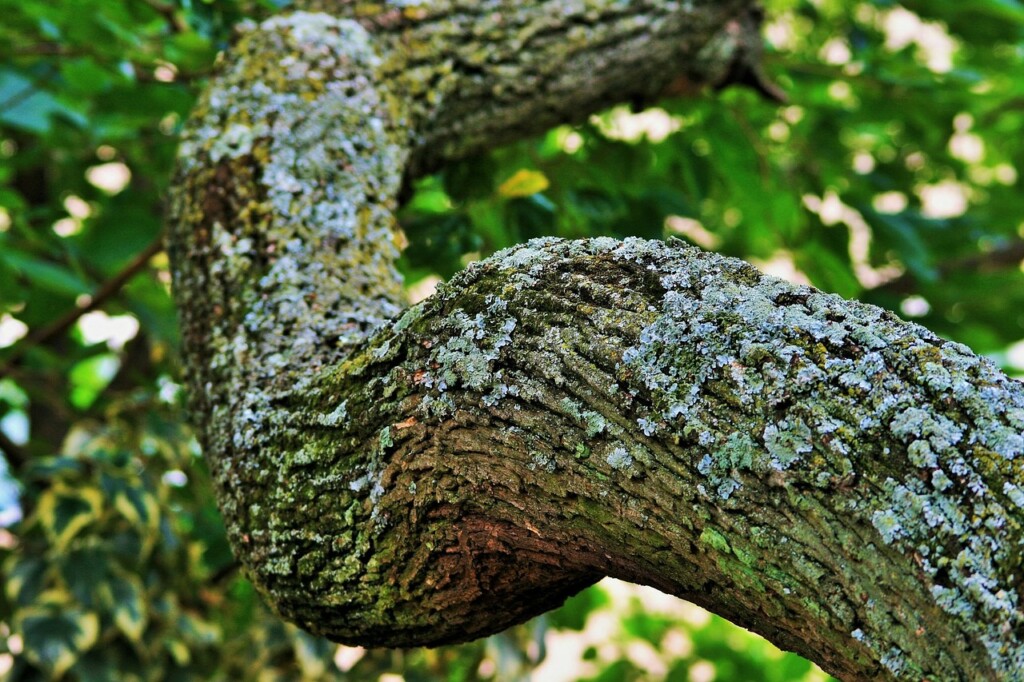
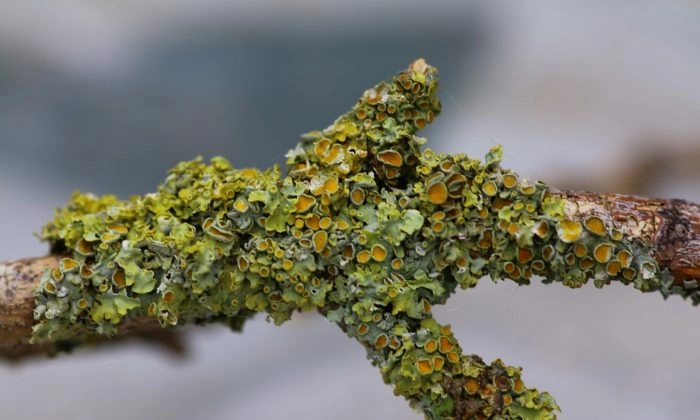


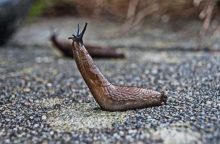

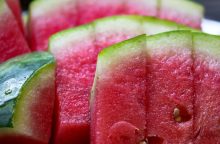
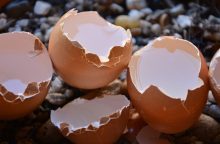
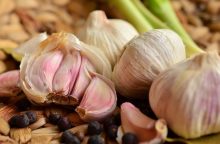
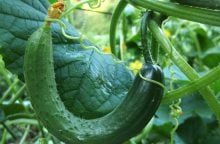
0 comments